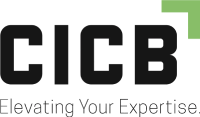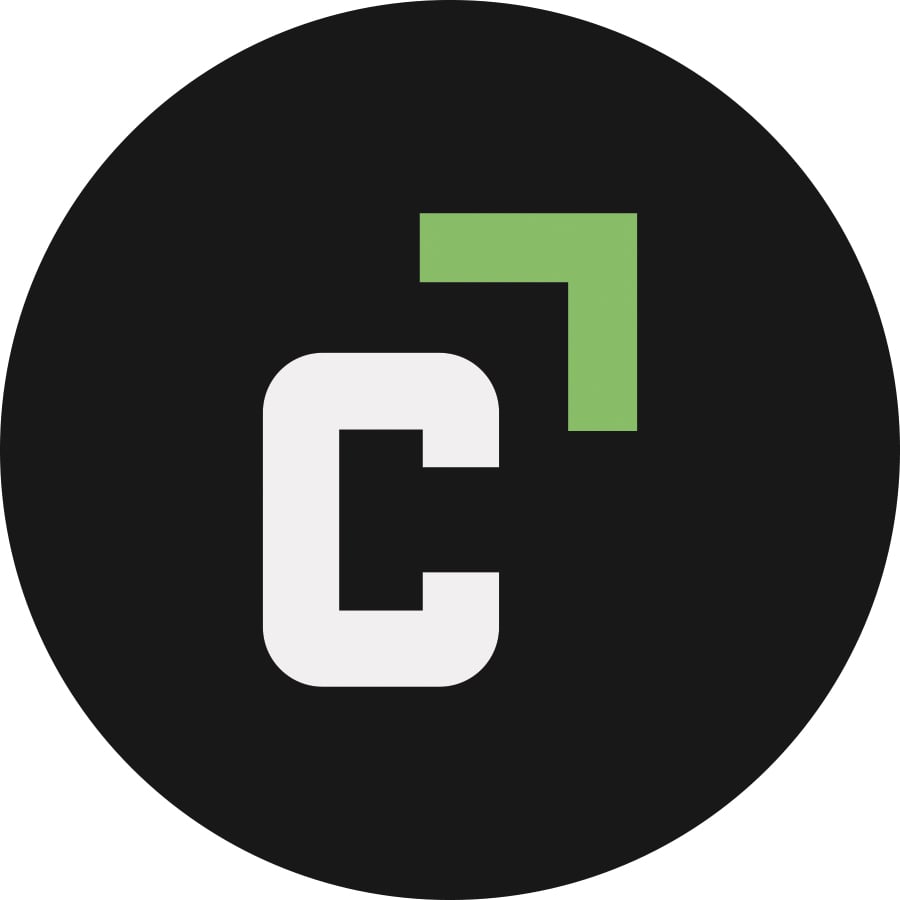
Training Overview
CICB’s Qualified/Intermediate Rigger and Signalperson Training is a three-day program covering intermediate rigging and essential signalperson concepts for employers to qualify their personnel. The course entails one day of intermediate rigging, one day of signaling, and one day of hands-on application for a comprehensive learning experience.
OSHA Qualified Rigger Requirements
This three-day training program offers all required documentation for employers to identify their rigging personnel as “qualified” under the latest OSHA and ASME B30.5 guidelines. The updated standard mandates that these workers complete a written and practical exam to earn qualification. This course includes the necessary written and practical exams.
The ASME B30.5 standard also stipulates that any jobsite using a mobile crane must have at least one qualified rigger. Additionally, all workers utilizing mobile cranes meeting the standards criteria must comply with the standard as of December 17, 2022. OSHA also stipulates that a qualified rigger must be present when conducting critical lifts, such as assembly/disassembly, working in a fall zone, and multi crane lifts.
The standard outlines areas the written and practical exams should cover:
- Selection and use of applicable hardware
- Applications of standard hitches
- Estimation of load weight, center of gravity, angle, and load movement
- Inspection of equipment
Intermediate Rigger Training to Meet the Latest Industry Standards
Besides when legally mandated, employers choose to qualify their riggers for increased compliance and safety. OSHA and ASME only set the minimum requirements for employers to establish a safe work environment. OSHA will want to know what your organization did to keep employees safe if an accident occurs. Saying you just followed the legal minimum requirements isn’t as strong of an argument as proving you were following the latest industry standards.
Qualifying any personnel involved in rigging also establishes a safer work environment, reducing the risk of being in the scenario in the first place. Having safer rigging planning and practices does more than keep your team safe; it helps keep the assets you work with from being damaged, reduces wear and tear on rigging equipment, and helps make sure the right gear is used for the job.
OSHA Qualified Signalperson Training Requirements
Our crane signalperson training program is catered to the equipment your employees will work with, such as mobile, overhead, and tower cranes, reducing the risk of incidents. The signal training class combines classroom learning and hands-on exercises covering OSHA’s approved hand and vocal signals. Company-specific signals from your policies can be integrated upon request.
Traditionally known as flaggers or spotters, signalpersons will gain an understanding of the OSHA and ASME guidelines and learn required concepts such as the types of signals used at the job site and equipment limitations. They must also pass a knowledge assessment and practical test to establish qualification.
Related Rigger Courses:
CICB Basic Rigger & Signalperson Training
CICB Advanced/Master Rigger Training
Qualified Rigger & Signalperson Course Topics
The CICB rigger with signalperson program fulfills all the training requirements. You will benefit from learning about:
- Applicable OSHA & ANSI/ASME Regulations and Standards
- Proper Sling and Rigging Hardware Selections
- Basic Math Applications
- Weight Calculations
- Center of Gravity Determinations
- Stress Dynamics in Wire Rope
- Effect of Sling Angles
- Sling, Rigging, & Hardware Inspection
- Proper Hitch Selection and Applications
- Documentation Requirements
- Rigging Accidents – Causes and Prevention
- Proper Crane Setup
- Basic Load Chart Interpretation
- Crane Dynamics
- Hand Signals
- Voice Activated Signals
- Audible Signals
- Signalperson Selection & Qualifications
- Signalperson Responsibilities
- Crane Dynamics
- Basic Crane Safety
- Hazard Awareness
- Minimizing the Opportunity for Accidents
Why Choose CICB?
With CICB qualified rigger and signalperson training, your team receives targeted instruction from subject matter experts with extensive experience in the lifting industry. You will have the advantage of individualized attention that enriches the learning process, and we can customize our programs to meet your company’s specific training requirements.
By finding ways to streamline the process, we can simplify training for your organization, regardless of the number of employees you need to qualify.
Reach Out Today for Your Consultation
Call CICB now to learn more about our training and expert support services.
You will benefit from learning about:
- Applicable OSHA & ANSI/ASME Regulations and Standards
- Proper Sling and Rigging Hardware Selections
- Basic Math Applications
- Weight Calculations
- Center of Gravity Determinations
- Stress Dynamics in Wire rope
- Effect of Sling Angles
- Sling, Rigging & Hardware Inspection
- Proper Hitch Selection and Applications
- Documentation Requirements
- Rigging Accidents – Causes and Prevention
- Proper Crane Set-up
- Basic Load Chart Interpretation
- Crane Dynamics
- Hand Signals
- Voice Activated Signals
- Audible Signals
- Signalperson Selection & Qualifications
- Signalperson Responsibilities
- Crane Dynamics
- Basic Crane Safety
- Hazard Awareness
- Minimizing the Opportunity for Accidents



